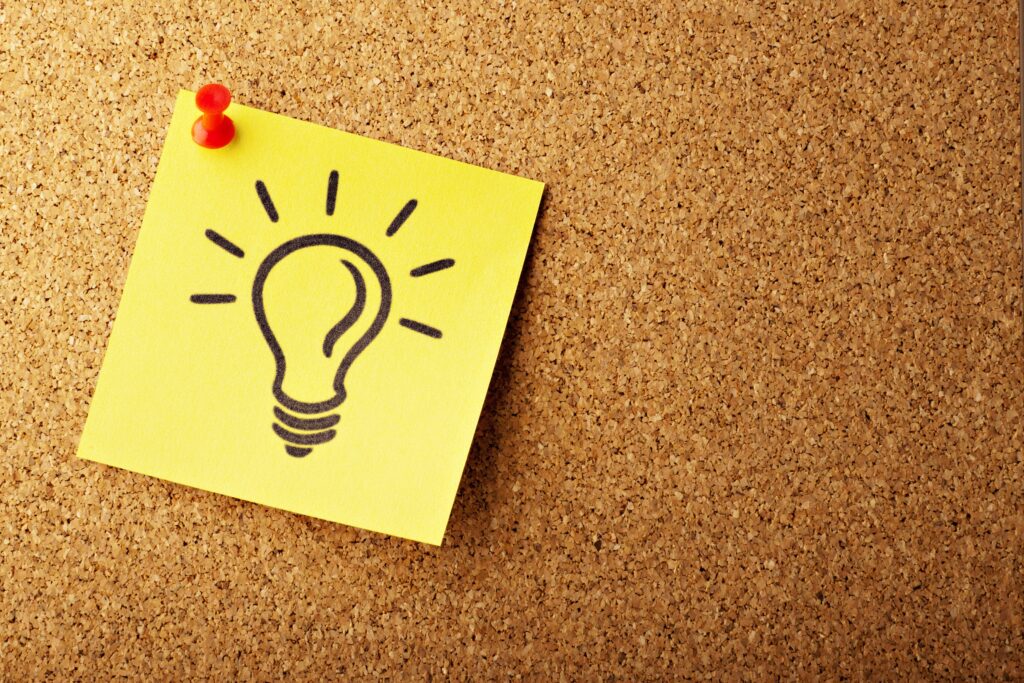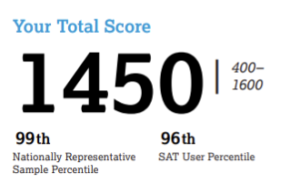x min read

Introduction
Reading comprehension is a fundamental skill that serves as the gateway to a world of knowledge. It goes beyond merely decoding words; it involves understanding, interpreting, and critically analyzing information.
The reason why -since early grade school- they’ve had students reading large texts and answer questions is so that they can improve their reading comprehension. Being able to reading a text, and then integrate it into their real life is crucial.
But, those were the basics.
Here, I aim to teach you far beyond that. Those are the basics to deep reading and analyzing.
But yet, sadly enough, this “deep reading” is one of the most boring skills to master and wield when becoming an effective studier. At the end of the day, who actually wants to deeply analyze a text just because they can?
Yeah, I figured.
But, that doesn’t take away from its value. After all, if you’re taking the SAT, ACT, IB Exam, or anything that has something to do with deep reading, you need to master the ability to deeply comprehend, understand, and grasp the idea and meaning of what a text holds within.
Whether you’re a student, a professional, or a typical reader, honing your reading comprehension skills can significantly enhance your learning experience and cognitive abilities. So, let’s dive into it.
What is Reading Comprehension?
Reading comprehension is the ability to understand and interpret written text. It involves extracting meaning from a text, making inferences, and connecting information to build a coherent understanding of the material.
Strong reading comprehension skills go beyond simply recognizing words on a page; they encompass a deeper understanding of the text’s structure, purpose, and underlying messages.
Why is Reading Comprehension Important?
- Academic Success: Students need to comprehend complex texts across various subjects.
- Critical Thinking: Reading comprehension requires readers to analyze, evaluate, and synthesize information, fostering a deeper engagement with the content.
- Problem Solving: Many real-world challenges involve reading and comprehending information, from understanding instructions to solving complex problems.
- Communication
- Career Advancement: In the professional realm, individuals often encounter complex documents, reports, and emails. Those with strong reading comprehension skills are better equipped to understand and respond effectively in a work environment.
- Lifelong Learning
- Information Retention: Effective comprehension aids in information retention. Readers who understand what they read are more likely to remember and apply that knowledge later.
The Foundation – Active Reading
The journey to mastering reading comprehension begins with active reading. This involves engaging with the text actively, questioning, and reflecting as you read. Here are some strategies to boost your active reading skills:
- Preview the Text: Before diving in, take a few moments to skim through headings, subheadings, and any visual elements. This gives you an overview and prepares your mind for what to expect.
- Ask Questions: Formulate questions based on the title or introduction. What do you want to learn from the text? What hypotheses can you make?
- Highlight and Take Notes: Underline key points, jot down thoughts in the margins, or use sticky notes. This not only helps with retention but also facilitates easier revisiting of crucial information.
Actionable Step 1
Get something to read. Whether it’d be a physical book, e-book, magazine, newspaper, packet, short story, movie script, or anything really; it’ll work.
Next, I want you to just read the title. Ask yourself: “If I had no idea what [name of whatever you’re using for this actionable step] was about, and could only use the name to decide if I wanted to read it, would I? If so, why?”
I know, it may sound a bit crazy and intuitive. But, give it a shot. What does the title tell you?
- Is it interesting?
- Does it hold value?
- What might it be about, using only the title?
- What might happen in the [xyz]?
- How might the characters act?
- What might the theme be?
Of course, this is just a start. And sure, it’ll take a few minutes just to nail your first book observation using only the title. But, again, it’s a start.
Step 2: Understanding the Main Ideas
Identifying the main ideas is crucial for understanding the core message of a text. After all, what is the meaning behind the author’s work? What do they mean to show us, and why?
Here are some general tips for how you can extract and comprehend the main concepts:
- Focus on Topic Sentences: In paragraphs, the main idea is often conveyed in the topic sentence. Identify it, as it provides the central theme for that section.
- Example: In a paragraph about renewable energy, the topic sentence might be: “Solar power, harnessing the sun’s energy, has emerged as a sustainable alternative to traditional sources.”
- Summarize Paragraphs: After reading a paragraph, try summarizing it in your own words. This forces you to process the information and ensures you’ve grasped the key points.
After targeting these two principles, I want you to reach a conclusion. Using either a few pieces of text, or maybe the entire thing altogether, what does the author want to teach you?

Step 3: Context Clues and Inferences
Mastering reading comprehension also involves making inferences and using contextual clues to understand implied meanings. Here’s how to approach this:
- Context Clues: Pay attention to words surrounding unfamiliar terms. Often, the context provides hints about the meaning of a word or phrase.
- For example: In a sentence like “She wielded a powerful elixir against the malady,” the word “elixir” is likely something beneficial or medicinal.
- Inferencing: Think beyond the text. What conclusions can you draw from the information given? What might happen next? Developing your inferential skills adds depth to your comprehension.
- Example: In a mystery novel, if the protagonist receives a mysterious letter, you might infer that it will lead to a crucial revelation later in the plot.
Step 4: Critical Reading
Critical reading involves evaluating the author’s argument, considering different perspectives, and forming your own opinions. It’s also the most unnecessary step here (in my opinion), but if you wish to become a critical reader, then prioritize these:
- Question the Author’s Intent: Why did the author write this? Are there biases? What evidence is provided to support claims?
- Compare and Contrast: Consider alternative viewpoints. How does this text relate to other works on the same topic? Drawing comparisons enhances your critical thinking.
Conclusion
Mastering reading comprehension is an ongoing process that’ll help you analyze texts better and actually understand what authors mean behind a typical, ordinary-looking message.
By incorporating these strategies into your reading routine and approaching texts with a curious and critical mindset, you’ll unlock the doors to becoming a better learner, analyzer, and student.



